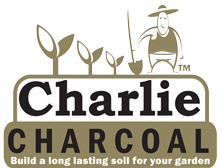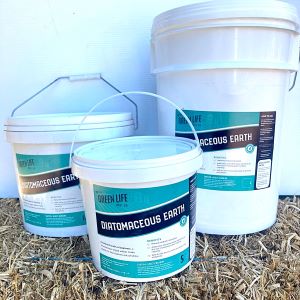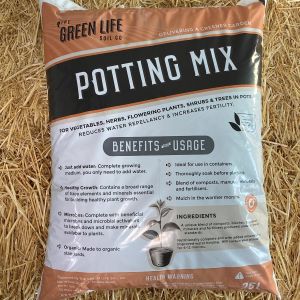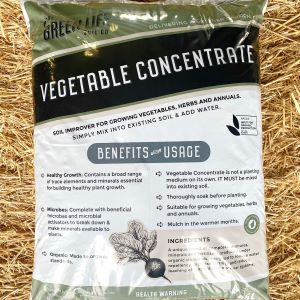| item(s), Total: $0.00 View Cart |
| Shopping cart is empty. |
Kale - the superfood

Paul grew up in the UK and his parents grew Kale in their garden. He has not-so-fond memories of being fed kale (with sideserving of caterpillar) breakfast, lunch and dinner throughout his childhood. I suspect he exaggerates, but at least he is still willing to eat it as an adult.
And that's a good thing - because Kale is reputed to be the healthiest vegie you can have, packed with antioxidants, vitamins and a wide range of minerals.
Kale is easy to grow from seed, even over winter months. It can germinate at temperatures as low as 4 degrees, emerging within about a week. In Perth it can be grown for most of the year, although in summer you would need to be dedicated - kale would need to be grown under shade, very well watered and screened from insect attack.
Mostly it is grown over winter, when it is more naturally 'in season'. In fact, cold temperatures make the leaves even sweeter! Normally the younger leaves are eaten, as the older leaves tend to be coarse and can be a bit bitter. Pick kale from the sides, leaving the centre to continue to grow and produce leaves.
Kale likes a well drained, fertile soil. Before planting add compost, aged manure and rock dust (our certified organic vegetable concentrate is ideal!). It is a good crop to grow after peas & beans or green manure. Kale - being a leafy vegetable - needs a good supply of nitrogen. While it is actively growing and being harvested, a feed every few weeks with liquid fertilizer will give it a kick along, too.
Aphids, white fly, snails and cabbage moth find kale irresistable. Keep an eye on crops, use traps for snails/slugs & slaters, and if necessary treat with soap spray for aphids or dipel for cabbage moth/caterpillars. Another good trick is to cover beds with insect netting. Even old net curtains do a great job!
Kale can cross polinate so if you grow different varieties and allow them to set seed you may well end up with your own backyard hybrid! There are many different types of kale available, although unfortunately not so many in WA. The most common varieties are the curly Scotch, Siberian (and dwarf varieties), Red Russian (lovely purple midribs) and Tuscan Black (my favourite).
Kale can be eaten raw or cooked in a huge variety of ways. Leaves can be juiced for your morning green smoothie. Surplus kale can be blanched and frozen, or made into chips. Kale chips? Here's how:
Kale Chips
Wash and pat dry leaves, tearing into large-ish pieces. Toss in olive oil, salt and cayenne pepper (if desired). Lay on baking paper on tray in a single layer and bake at approx. 220 degrees C for about 15 minutes (keep an eye on them so they don't burn).
Chickens also love Kale, so if you keep a few chooks, grow an extra plant or two for the girls.
If you've never given it a go - try kale. Over Autumn/Winter months, seedlings are readily available if you're not interested or patient enough to grow it from seed.
Resources for Growing Organic Veggies & Herbs:
| item(s), Total: $0.00 View Cart |
| Shopping cart is empty. |


































